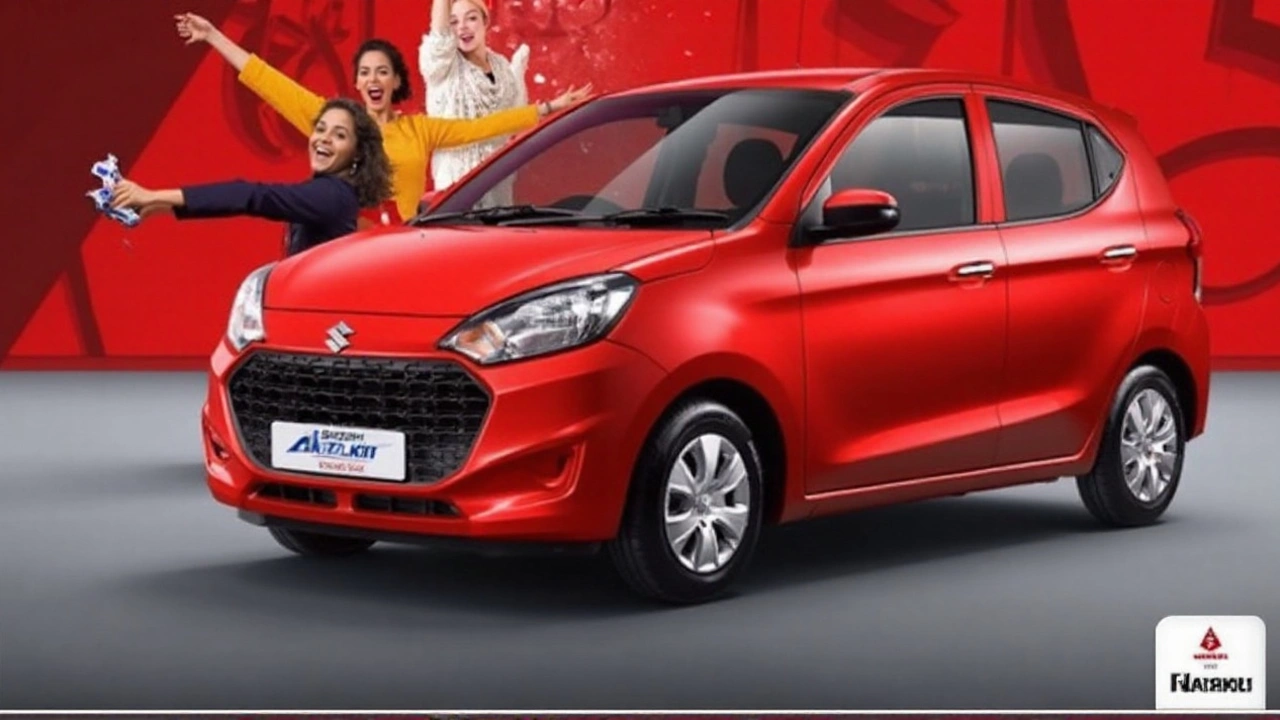India Auto Industry: What’s Happening and How to Get In
India’s auto sector is humming louder than ever. From compact hatchbacks rolling off plants in Maharashtra to electric buses hitting streets in Delhi, the industry is a mix of old‑school manufacturing and new‑age tech. If you’re wondering whether a career here is worth the hustle, the short answer is yes – there’s money, growth, and a chance to work on the next wave of mobility.
Why the buzz? Over the past five years, vehicle sales have climbed more than 10 % annually, and the government’s push for electric vehicles (EVs) adds a fresh layer of demand. Big names like Tata Motors, Mahindra & Mahindra, and Maruti Suzuki dominate the market, while newcomers such as Ola Electric and Hero Motocorp are shaking up the space with batteries and scooters. This mix creates a lot of openings across design, production, sales, and after‑service.
Top Skills Employers Look For
Most auto firms still love the classic engineering background – a degree in mechanical or automotive engineering gets you past the first gate. But the game’s changing. Companies now ask for data‑analysis chops, knowledge of IoT, and familiarity with EV power‑train tech. If you can sketch a CAD model, troubleshoot a robot arm, or run a simulation in MATLAB, you’re already ahead. Soft skills matter too: teamwork, problem‑solving, and the ability to adapt quickly are prized because production lines move fast and any hiccup costs money.
Certification can also give you a leg up. Short courses in electric vehicle technology, Six Sigma, or supply‑chain management are popular among hiring managers. Many factories partner with technical institutes for on‑the‑job training, so keep an eye on apprenticeship programs – they often lead to full‑time offers.
How to Land a Role in the Auto Sector
First, target the right companies. Look beyond the giants; Tier‑2 and Tier‑3 suppliers often have more entry‑level openings and a flatter hierarchy, meaning you’ll see the whole production process faster. Check out job boards on sites like EduJobNews.in, which list openings for engineers, technicians, and even sales support roles.
Next, tailor your resume. Highlight any project work involving vehicle components, robotics, or sustainability. If you’ve built a prototype for a college competition, mention the specs and results – recruiters love tangible proof of skill.
Networking still beats blind applications. Join automotive forums, attend industry expos such as Auto Expo Delhi, and connect with alumni working in the field. A simple LinkedIn message saying you’re interested in learning about their role can spark a conversation that leads to an interview.
Finally, prepare for the interview. Expect technical questions about engine cycles, EV battery chemistry, or lean manufacturing principles. But be ready for scenario‑based queries too – like how you’d reduce downtime on a bottleneck line or improve fuel‑efficiency testing. Show you can think on your feet and communicate clearly.
In short, India’s auto industry isn’t just about building cars; it’s about building careers that ride the wave of innovation. Keep your skills sharp, stay curious about emerging tech, and use every networking chance. The road ahead is wide open – all you need to do is get in the driver’s seat.

Maruti Suzuki raised prices three times in 2025—January, February, and April—citing higher input costs and tighter regulations. Hikes reached up to 4% or Rs 32,500 depending on the model, covering both Arena and Nexa lineups. Hyundai and Mahindra also increased prices, pointing to industry-wide pressure from raw materials, safety tech, and emission norms.
Continue Reading





